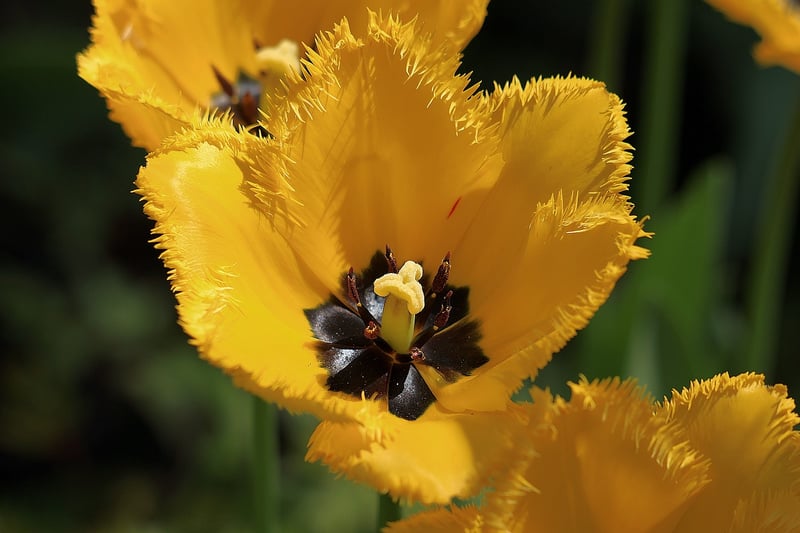Companion Planting
Protecting Your Plants with Companion Planting

Are you looking for natural ways to protect your plants from pests and diseases while promoting healthy growth? Companion planting might be the solution you need! By strategically pairing certain plants together, you can create a harmonious environment that benefits your garden as a whole.
What is Companion Planting?
Companion planting is the practice of growing different plants in close proximity to enhance each other's growth or offer some form of pest protection. This age-old technique is based on the idea that certain plant combinations can have beneficial effects on one another.
The Benefits of Companion Planting
- Natural pest control
- Improved pollination
- Enhanced flavor and growth
- Weed suppression
- Biodiversity promotion
Common Companion Planting Combinations
Some popular companion planting combinations include:
- Tomatoes and basil
- Carrots and onions
- Cucumbers and dill
- Beans and corn
- Marigolds and most garden vegetables
How to Get Started with Companion Planting
- Research companion planting combinations suitable for your region and plant species.
- Plan your garden layout to ensure compatible plants are placed together.
- Consider the growth habits and nutrient needs of each plant when designing your garden beds.
- Monitor your garden regularly to observe the effects of companion planting on your plants.

By embracing the principles of companion planting, you can create a thriving garden that is not only visually appealing but also naturally protected from common pests and diseases. Experiment with different plant combinations to discover what works best for your garden and enjoy the benefits of a bountiful harvest!
Remember, nature has its way of harmonizing plant communities, so why not take advantage of this natural phenomenon in your own backyard?
Happy planting!
